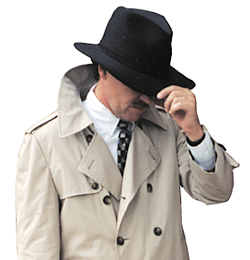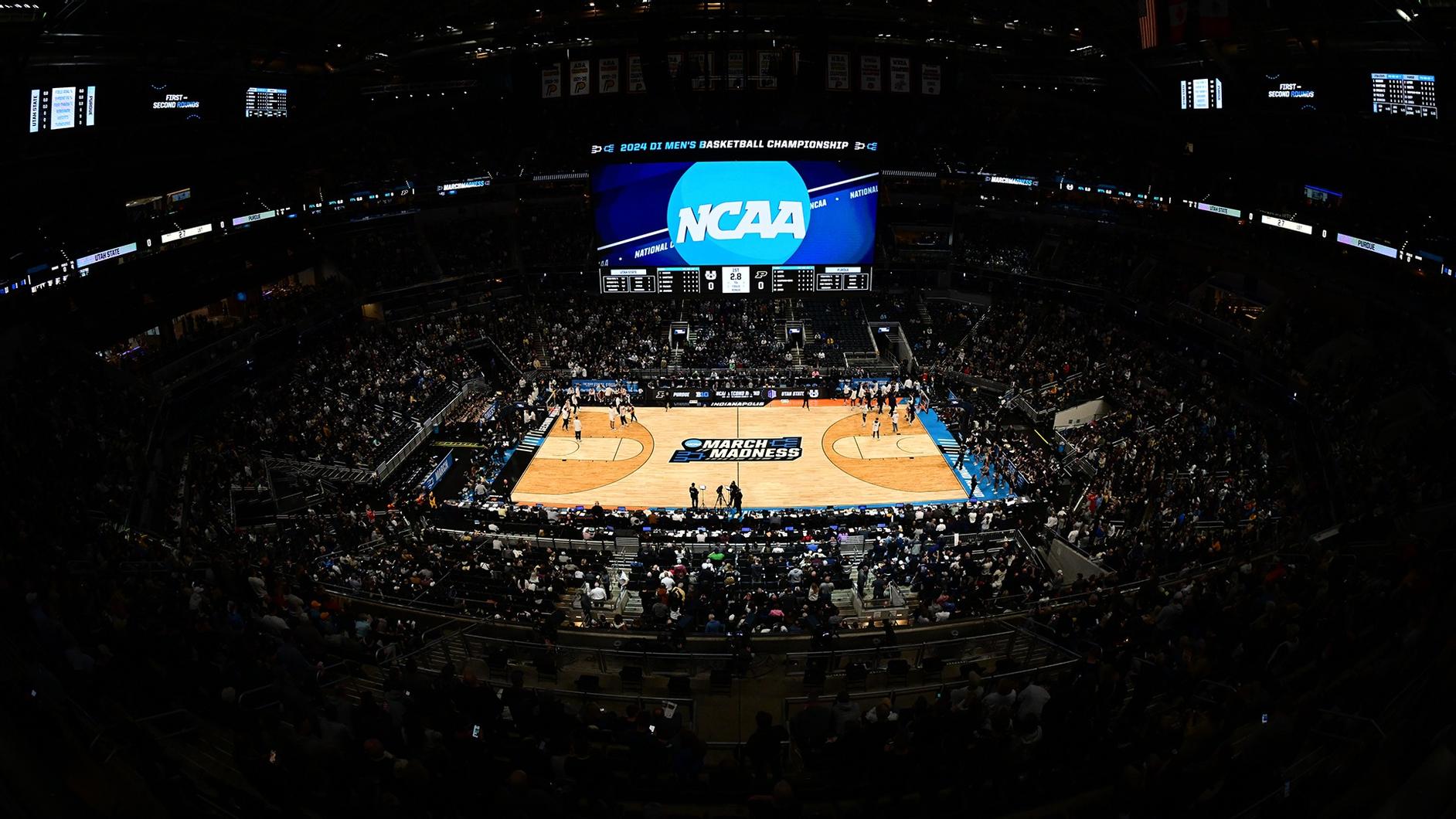Look Out! They're After Our Spectrum!

You might not have noticed, fellow broadcasters, that "they" are really after our spectrum. Why, just recently Gary Shapiro, venerated leader of the CEA, (or as I like to call 'em, see-ya) and former booster-in-chief of TV set sales, opened the Consumer Electronics Show with a complaint that broadcasters are "squatting" on RF spectrum, impeding our wireless broadband futures. Squatting! Oh my ears and whiskers, as Horace Rumpole might say. Squatting! Let's have a brief review of the "ownership" of the aforementioned television broadcast spectrum, why don't we?
The Communications Act of 1934, the Congressional Act that established the regulation of the U.S. airwaves, enshrined the concept that in the USA, the airwaves belong to the people, and established the Federal Communications Commission to regulate said airwaves. Section 307(a) of that Act declares: "The Commission, if public convenience, interest, or necessity will be served thereby, subject to the limitations of this Act, shall grant to any applicant therefore a station license provided for by this Act."
So, this bargain was struck between the broadcaster and the people who owned the spectrum: we the people will let you use this broadcast channel to ply your trade, subject to the regulations of the FCC, and you, in turn, will use it to serve the public convenience, interest, or necessity by providing entertainment, news, alerts and warnings, and other programming that serves the greater good. All that worked well for a long time, until the demands for RF spectrum began multiplying.
TIMES CHANGE
The UHF television spectrum in the U.S., initially incorporating channels 14 to 82, was largely unused, save by a few entities such as an educational television channel in Houston, Texas, until congress mandated the incorporation of UHF tuners into all TV sets sold, sometime in the 1970s. As time passed, various needs arose, in public service communications and other quarters, and portions of the UHF television spectrum started being allocated to services other than TV. By then, the UHF TV broadcast spectrum stopped at channel 68.
Somebody got the bright idea in the 1980s that high-definition television would be a good thing to do. After a lot of to-ing and fro-ing, and research, and testing, and politicking, we reached the point where we decided that we would launch digital television broadcasting, aka DTV. DTV would be, as its name implies, digital, and it would incorporate, in addition to HDTV, the ability to broadcast SDTV, and just plain data. As someone in my past career used to say, "it's not just television broadcasting, it's a digital pipeline into the home."
GOING DIGITAL
In order to make the transition from analog to digital TV, as there was still a considerable supply of unoccupied UHF spectrum around, the FCC lent every broadcast TV station a second channel, and said, "Build a DTV station on it, and someday, you will be required to shut your analog station off, and give up one of the two channels you will temporarily occupy." That happened. We saw it, and it was good. HDTV was, and is, being broadcast, along with, in many cases, multiple subchannels, expanding the services offered by a broadcast station. Plans began to be made for a mobile broadcasting service.
Every U.S. television station spent the money and resources to put a digital signal on the air, then shut off their analog signal, freeing a lot of spectrum in the bargain. Five minutes later, there was a different message: "You broadcast guys are not putting the spectrum to its optimum use. Give it up, so we can use it for wireless data transmission, and we might pay you something for it." Now, we are told we are "squatting".
Gordon Smith, the president of the NAB, got it about right in his response to Mr. Shapiro's comments. He said that there probably isn't enough spectrum in the universe to accommodate this dream of transmitting everything to everyone individually.
And take a look at what these spectrum-enviers have in mind. The chief technology officer of Verizon said that sending all that video-on-demand stuff out over the cell network will probably clog it up royally. So, the answer is to transmit it, one-to-one, via separate RF signals. Sure looks to yours truly like this is a way to wrest RF spectrum from free over-the-air broadcasters and sell it to paid video services.
SPECTRUM USE
And Julius Genachowski, chairman of the FCC, is singing the same tune, saying that broadcasters are not putting the spectrum they occupy to its highest use. Earth to Julius… Get a clue! The FCC was created to serve the public convenience, interest, and necessity! Have you heard, J., that TV antenna sales are at an all-time high in the U.S.? Looks a lot like the public wants to watch free broadcast TV, otherwise why are they buying all those TV antennas? Doesn't that make broadcast television, ipso facto, the "highest use" of the spectrum it is occupying?
We don't yet know, of course, what will come of mobile DTV broadcasting. But many, if not most, DTV stations are filling up their respective 6 MHz blocks with subchannels. There is, for example, a DTV station in the Los Angeles area that carries no HDTV signal, but does carry 7 or 8 SD subchannels. Sandwich mobile into this, and TV broadcasters and the public are getting more and more out of a 6 MHz piece of spectrum.
We have already seen broadcasters get the short end of the stick as far as the spectrum allocations go. The original plan was to put all DTV stations on channels 14-62. They ended up on channels 2-52. That most certainly happened because broadband spectrum lusters realized that low VHF channels stink for digital transmission. Now, broadband spectrum lusters want the whole enchilada. In their perfect world, they would get all that spectrum to use for VOD, and they wouldn't have the broadcasters to compete with any more. But this couldn't happen, could it?
Get the TV Tech Newsletter
The professional video industry's #1 source for news, trends and product and tech information. Sign up below.
